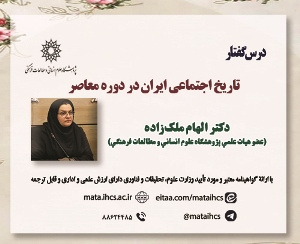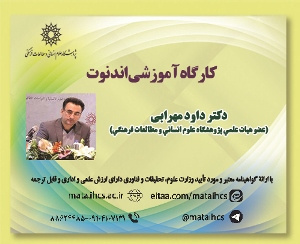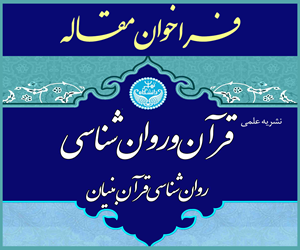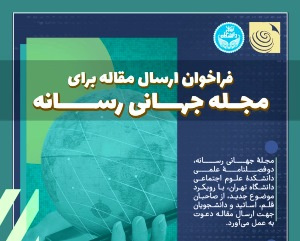شناسایی محرک های کالبدی تأثیرگذار بر کاهش رفتارهای حرکتی (مورد مطالعه: شهر ساری) (مقاله علمی وزارت علوم)
درجه علمی: نشریه علمی (وزارت علوم)
آرشیو
چکیده
سبک زندگی نامناسب یک عامل خطر مهم برای سلامتی محسوب می شود. کم تحرکی از ملاک های زندگی نامناسبی است که با اختلالات اضطراب و افسردگی همراه است که در سال های اخیر، میزان شیوع رفتارهای همراه با بی تحرکی افزایش یافته است. عوامل و ویژگی های متعددی در گسترش و افزایش چنین رفتارهایی نقش دارند. عناصر کالبدی یکی از این ویژگی ها است. علی رغم میزان خطرات رفتار بی حرکتی برای سلامتی و افزایش مرگ و میر ناشی از آن، مطالعات محدودی برای نشان دادن ارتباط بین ویژگی های کالبدی با رفتار های بی تحرکی انجام شده است. در کشور نیز تاکنون هیچ مطالعه ای در پیرامون این موضوع صورت نگرفته است. لذا این پژوهش بر آن است که به بررسی رابطه و اثرگذاری محرک های فیزیکی بر رفتار بی تحرکی بپردازد. جامعه آماری این تحقیق، ساکنین منطقه 3 شهر ساری و حجم نمونه آن 380 نفر است. این تحقیق کاربردی به روش توصیفی – تحلیلی انجام شده است. جهت تجزیه و تحلیل داده ها از نرم افزارهای SPSS و GIS و از روش های آماری (آزمون ضریب فی و رگرسیون خطی چند متغیره)، استفاده شده است. یافته ها بیانگر آن است که بین شاخص های کالبدی با رفتارهای حرکتی ارتباط مثبت وجود دارد و شدت ارتباط در اکثر شاخص ها بالا است. از بین متغیرها، متغیر تعبیه مسیرهای پیاده روی (484/0)، متغیر توسعه زیرساخت های مرتبط به فضای سبز در طول مسیرهای حرکتی (391/0) و متغیر تنوع کاربری ها (378/0) بیشترین اثر گذاری را بر کاهش رفتار کم تحرکی داشتند.Identifying physical drivers affecting the reduction of active behaviors (case study of Sari city
Unhealthy lifestyle is an important risk factor for human well-being. Inactivity is an inappropriate lifestyle that is associated with anxiety and depression disorders. In recent years, the prevalence of inactive behaviors has increased. Several factors are involved in the increase of such behaviors. Physical elements are one of these factors. Despite the extent of the health risks of inactive behavior and the increased mortality caused by it, limited studies have been conducted to show the relationship between physical characteristics and inactive behaviors. So far, no study has been conducted on this issue in Iran. Therefore, this research aims to examine the relationship and effect of physical drivers on inactive behavior. The statistical population of this research included the residents of district 3 of Sari city and 380 people were selected as sample size. The methodology of the research is based on descriptive-analytical approach. For data analysis, SPSS and GIS software and statistical methods of Phi coefficient test and multivariate linear regression were used. The findings indicated that there was a positive relationship between physical indicators and active behaviors, and the intensity of the relationship is high in most indicators. Among the variables, sidewalks (0.484), the infrastructure development related to green spaces along the pedestrian paths (0.391) and diversity of land-uses (0.378) had the greatest effect on reducing inactive behavior.




